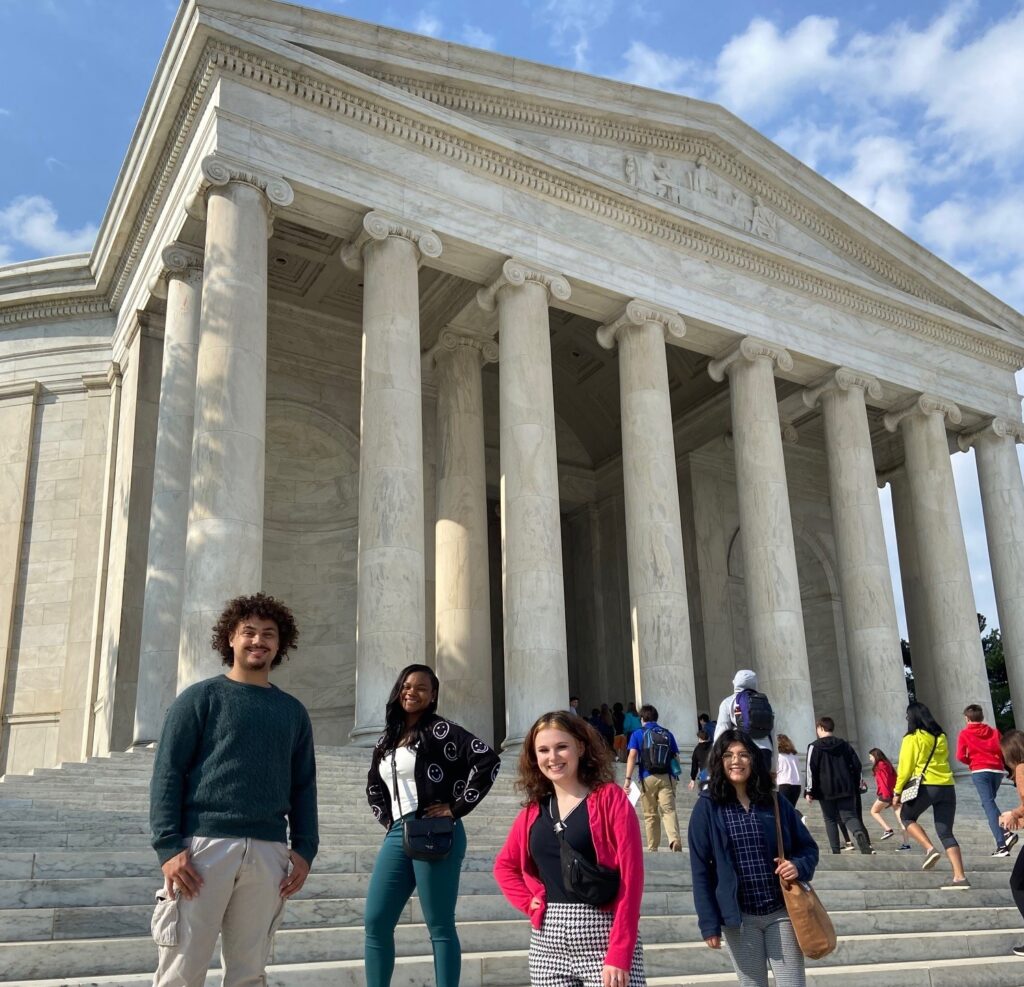
Scholarship Foundation Student Advisors assist 6,000 students and family members navigating admissions and financial aid each year.
Sometimes I state the obvious. Money (or the absence of it) affects students and their achievements in college.
A reporter recently contacted me about practices in admissions and financial aid that are influenced by wealth (See Marketwatch.com-Yes, it’s easier to get in if your family donates). A lawsuit heard in US District Court in Boston challenges the practice of “legacy admissions” that seems to extend seats at Harvard (and other elite schools) to students who come from families likely to provide major donations. In so many ways other than “legacy admits”, students with wealth have advantage.
This week, I’ll address a group of 600 at the 44th Annual Conference of Midwestern TRIO and College Access and Success Professionals. I’ve developed a starter checklist for colleges to use in assessing their own practices. Feel free to share this list with your own alma mater and please email me your additions!
Outreach/Recruitment
____Do you provide early awareness opportunities for area middle- and high school students who may not have travelled or ever set foot on a college campus?
____Do you offer no-cost or low-cost test preparation courses for area students who are low-income?
____Do you offer waivers for test fees for students who are low income and do you encourage multiple testing opportunities?
Admissions
_____Do you waive or reduce the weight assigned to testing if a student has had inadequate preparation or taken the test only once?
_____Do you make well known the process for waiving application and test report fees?
_____Does your application inquire about whether a student will be applying for financial aid? How does the answer to that question affect the treatment of the student’s application?
_____If “demonstrating interest” is measured by the students’ visits and physical presence on campus, do you offer to fly in applicants? If not, do you discount the weight of this factor for students not able to afford to visit?
_____Do your competitive scholarships require personal interviews and if so, do you provide guidance on apparel and vouchers for travel costs?
Enrollment
____When do you require enrollment commitments, and have all students received financial aid offers prior to that date?
____When are housing deposits required and are extensions provided to those students dependent upon financial aid to pay the deposit?
____If there are fees associated with traveling to or attending freshmen orientation, are vouchers and waivers extended to students who are Pell eligible? Is the availability of that support freely disclosed and well known?
____Is there support provided for family members without financial means to attend the parent portion of freshmen orientation?
Financial Aid
____Do you package grants and loans to close the gap between cost of attendance and all sources of aid? What percentage of the students’ unmet need is filled by grant aid? Does any unmet need remain after all sources of aid (including federal loans) are awarded? How clear is your award letter about any gap a student will experience?
____Do you guard against award displacement, not withdrawing financial aid that had been offered by the university if a student secures outside scholarships? If you must displace in order to avoid over awarding, do you withdraw loans before grants? Is your displacement policy written and available to students?
____ Do you assure continuity in aid from year to year, assuming students continue to meet threshold qualifications? Are those qualifications consistent from year to year? Are your requirements on continued aid published and explained to students before they commit?
____Are you accountable and transparent with students? How do you make them aware, before committing to your school, of your practices regarding gapping, award displacement, and aid reduction? If they are gapped, do you make that clear and advise other options?
Inattention to equity in the outreach, admissions, and financial aid processes creates huge barriers to degree completion. A one-time unexpected expense can result in an unpaid balance and forced withdrawal. This is especially true if students come from families already impossibly stretched financially. So much of the “some college, no degree” trend can be traced to insufficient aid. The burden of admitting students who are going to be financially unable to remain enrolled rests squarely on the institutions who do so.
We intervene where money matters, providing students the funds to make financial and academic decisions in their own best interest. We work with students and families in a “consumer protection” model that makes the math well known and the dangers of underfunding clear. We are at the doorstep of every college we can reach, pointing out the pitfalls of existing practices. Join us!
– Faith Sandler





